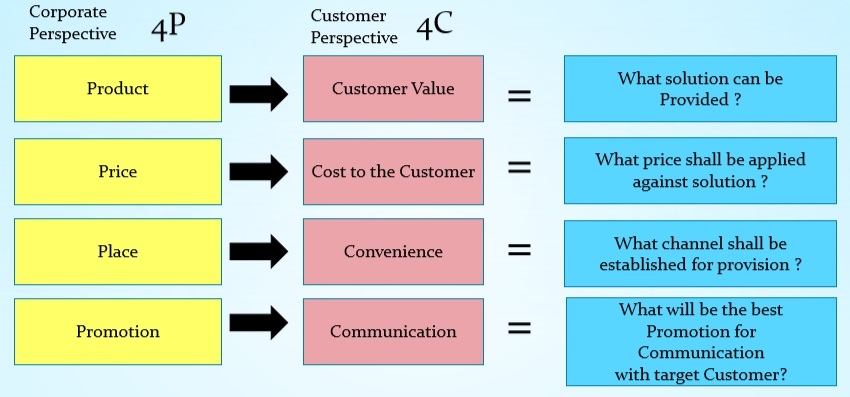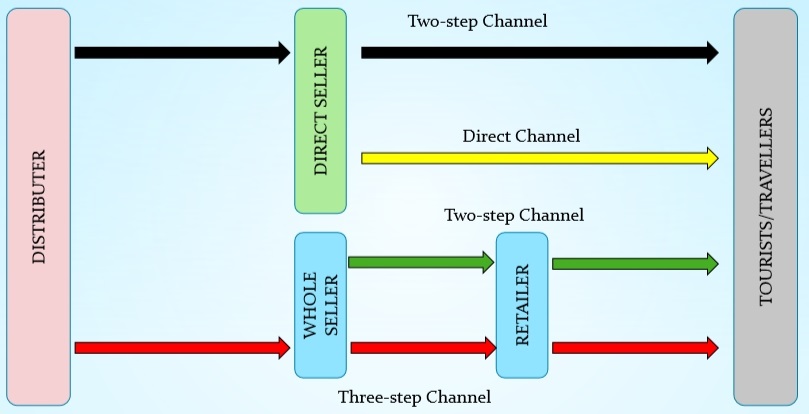Science tourism
Tourism Marketing Planning (1)

Changing perspectives in Marketing Mix: From 4P to 4C
Core Principals of the Tourism Marketing (8 Ps of Marketing)
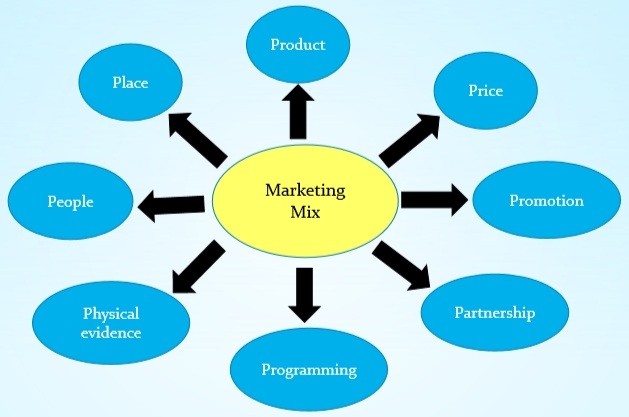
Marketing is a combination of activities to motivate people to buy the product. A marketing programmecombines a number of aspects for an integrated, viable and strategic plan which is known as marketing mix. The marketing mix which consists of Product, Price, Promotion and Price was introduced by E. J. McCarthy in the year of 1960. This 4 Ps have been expanded its meaning and significance by marketing professionals to 8 Ps in order to better position the products strategically in the tourism market.
Product: Tourism product is different in nature from other products as it is intangible, inseparable, perishable and heterogeneous and includes accommodation, transportation, cruises, tours, travel package, entertainment and travel services.
Price: The price is highly variable due to seasonality and the interdependent nature of services.
Promotion: It is the communication of the benefits of the products to its potential customers which includes activities like advertising, sales promotion, public relations and personal selling.
Place: The place is the channel through which the product reaches the final customer. This includes direct selling, retail travel agents, wholesale tour operators and specialized agents or a combination of these channels.
People: As a service industry, tourism heavily depends on the human factor, and quality services can be offered in a better manner with the involvement of people.
Physical Evidence: Tourism services are intangible in nature, thus, it is especially important in case of selling the tourism products. In order to prepare promotional materials such as brochures or video, physical evidence is essential.
Programming: Special activities, events or other types of programs can increase tourist’s interest and spending.
Partnership: The tourism industry heavily depends on interdependence and co-operation of all the stakeholders such as service providers, tourists, policy-makers, Governmental agencies and locals.
Changing Dimensions of Tourism Products
The tourism industry is one of the segments contributing to the growth of the world economy and international tourism organizations such as UNWTO, WTTC and PATA have introduced many policy measures to sustain tourism development. As a result of these policies and plans, new forms of tourism products have been developing by taking advantages of the potential markets. Some of new form of tourism include business tourism, health tourism, rural tourism, pilgrim tourism and adventure tourism.It is expected that the tourism sector will be expanding due to the explosion of information technology, changing population structure, improvement in the living standards, more disposal income, fewer working hours, long leisure time, better educated people, ageing population, and more curious youth in developing countries.
Health Tourism is found to be one of the growing attractions all over the world. Health freaks of developing countries find alternative destinations for undergoing the health treatment which are either non-affordable or not immediately available due to waiting lists. Private sector hospitals have undertaken massive investment in the area of health. Spiritual tourism is getting popular for those who are mentally disturbed and looking for solace in spirituality, meditation, and moments of divine ecstasy. As more people seek to understand different culture, religions and faiths, they look for alternative tourism experiences, including visits to temples, mosques, shrines, churches and other spiritual destinations. Sport tourism is one of the niche markets where tourists are either participants or spectators. The advantages of sports tourism include economic, psychological, cultural, social and health benefits. Other than those tourisms, Geo-tourismand Whale-watching tourisms are getting popular as a part of the Eco-tourism. Wine tourism is also getting popular at many wine growing regions around the world.
Life-cycle of the Tourism Destination (1)
(The Six Stages of Tourist Area Evolution by R.W. Butler)
1. The Exploration Stage: Small numbers of tourists, Based on primary tourist attractions which maybe natural or cultural. No secondary tourism attractions. Tourism has no economic or social significance to local residents.
2. The Involvement Stage: Local residents become involved in tourism. Emergence of secondary tourism facilities such as guest houses. Pressure develops for governments to improve transport for tourists.
3. The Development Stage: High numbers of tourists that may exceed the local population during peak periods. Heavy advertising will create a well-defined tourist market. External organizations will provide secondary tourism attractions. Natural and cultural attractions will be developed and marketed. Local people experience physical changes to the area that they may not approve of.
4. The Consolidation Stage: Tourism growth slows but the numbers of tourists exceeds the local population. The area's economy is tied to tourism. Marketing and advertising will be wide-reaching. Major franchises and tourism chains will be represented. Resort areas will have a well-defined recreational business district.
5. The Stagnation Stage: Visitor numbers have reached their peak. Carrying capacity has been reached or exceeded. Tourism causes environmental, social and economic problems. The resort becomes divorced from its geographic environment.Artificial tourism attractions now supersede the original primary attractions. Area has well-established image but will no longer be fashionable.
6. The Final Stage of the Butler Model (Decline): After reaching stagnation, Butler saw that rejuvenation or decline as possible alternatives. The last stage of his model offers fivescenariosbetween complete rejuvenation and total decline:
A: Successful redevelopment leads to renewed growth.
B: Minor modifications to capacity levels lead to modest growth intourism.
C: Tourism is stabilized by cutting capacity levels.
D: Continued overuse of resources and lack of investment leads todecline.
E: War, disease or othercatastrophecauses an immediate collapsein tourism.
The Rejuvenation Scenario: Requires a complete change in tourism attractions. Previously untapped tourism resources maybe found.
The Decline Scenario: Unable to compete with newer tourism attractions. Holidaymakers replaced by weekend or day-trippers. Tourism facilities replaced by non-tourism activities. Hotels may become retirement homes or f lats for local residents. Ultimately, the area may become a tourism slum or drop out of the tourism market completely.
Global Distribution Systems for Tourism Products
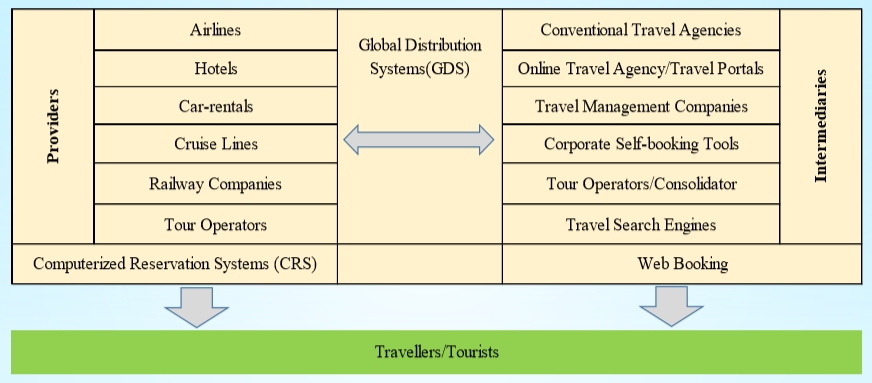
Typical distribution channels for Package-tour Products
Advertising and Sales Promotion
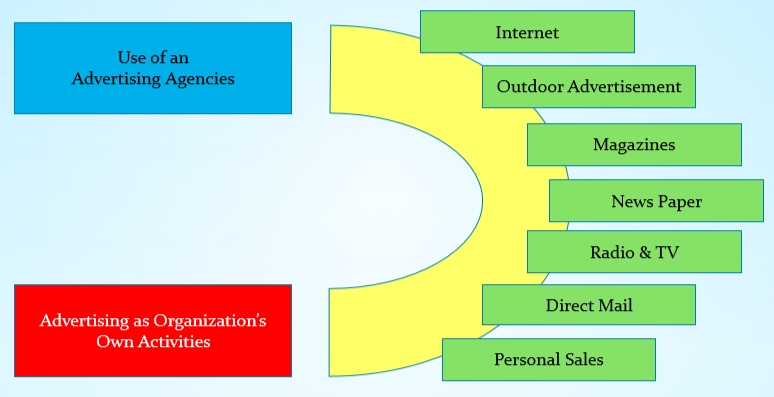
Decision-making at the Internet-age; AISCEAS Model
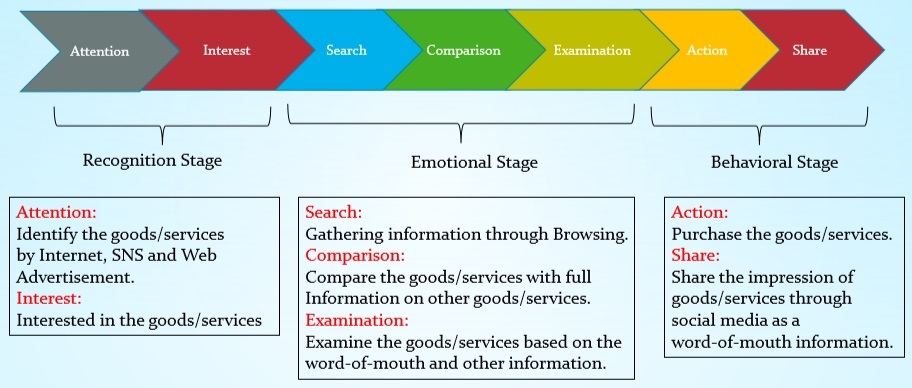
General Flow Diagram for preparation of a Marketing Plan
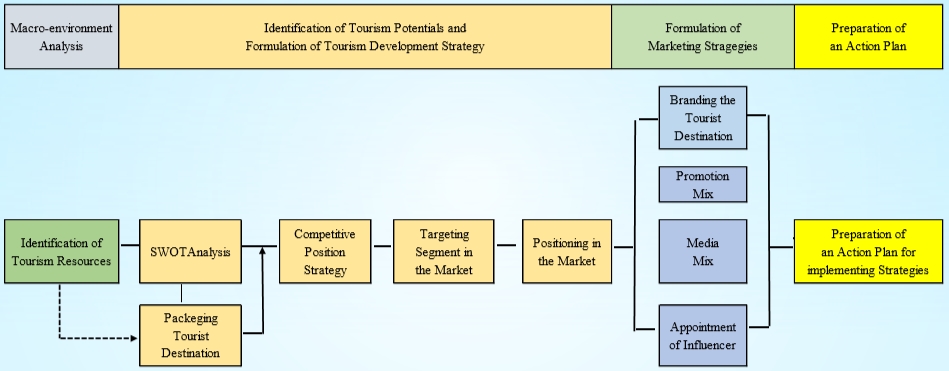
Identification of the Tourism Resources
(Scenery & Species, Heritages, Events & Entertainment, Skills & Technologies)
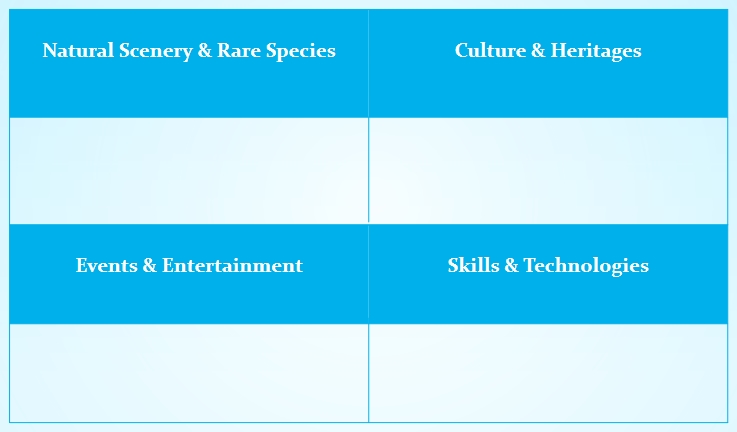
SWOT (Strength, Weakness, Opportunity, Threat) Analysis
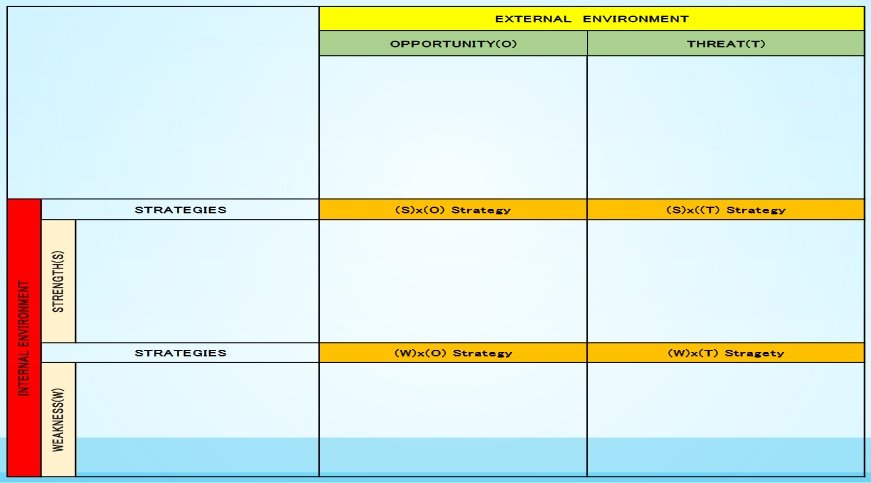
Packaging the Tourist Destination
What is your Unique Selling Proposition (USP)?
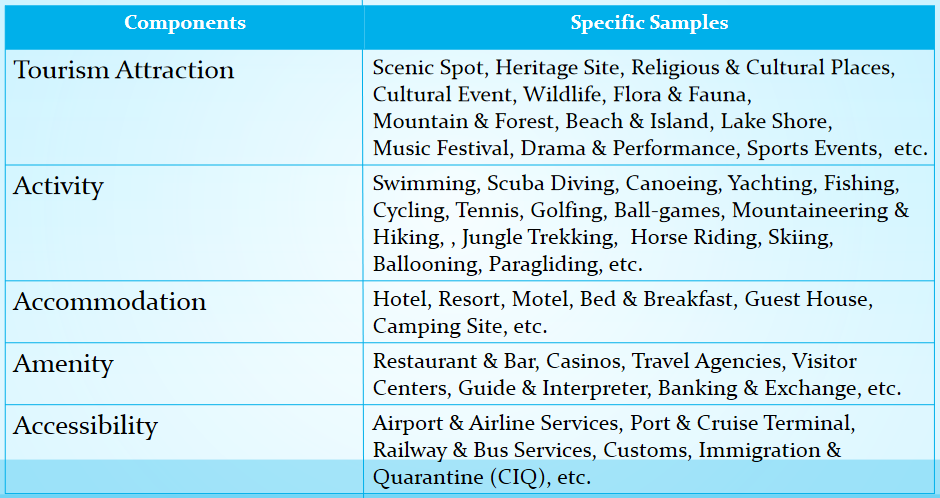
Competitive Position Strategy by Philip Kotler
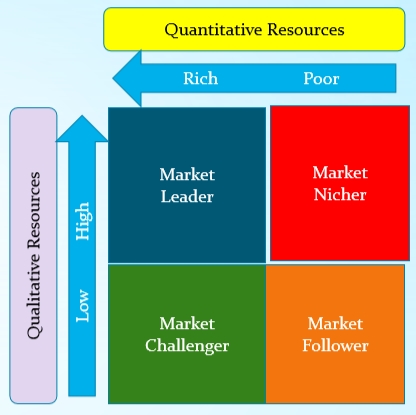
According to Philip Kotler ‘Marketing is the art and science of winning and keeping customers and taking care of relations with them” He says that company shall analyze and choose certain position among four distinctive positions within the market or industry, by considering the quantitative and qualitative managerial resources of the company. The four positions are;
Market Leader: Company having No. 1 share in the Market
Market Challenger: Company having the share next to the Leader and trying to challenge to the leader.
Market Follower: Company trying to keep certain market position by imitating the strategies of Leader and Challenger.
Market Nicher: Smaller company in size but showing unique performance and position within certain specific market.
STP (Segment, Targeting, Positioning) Analysis
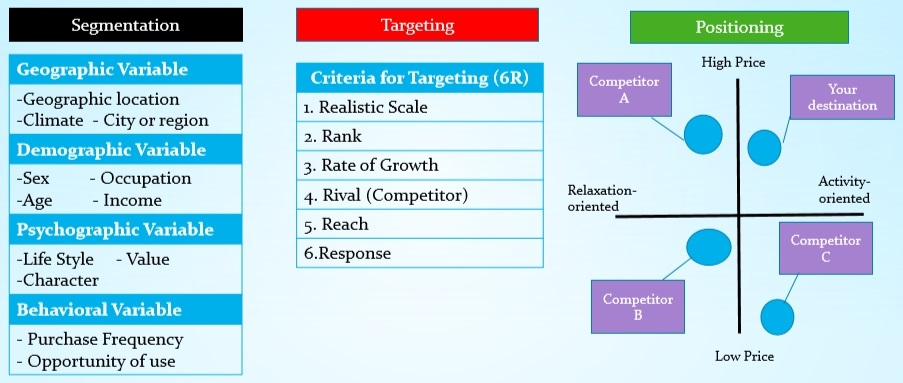
Evaluation of Segments and Setting a Target Market
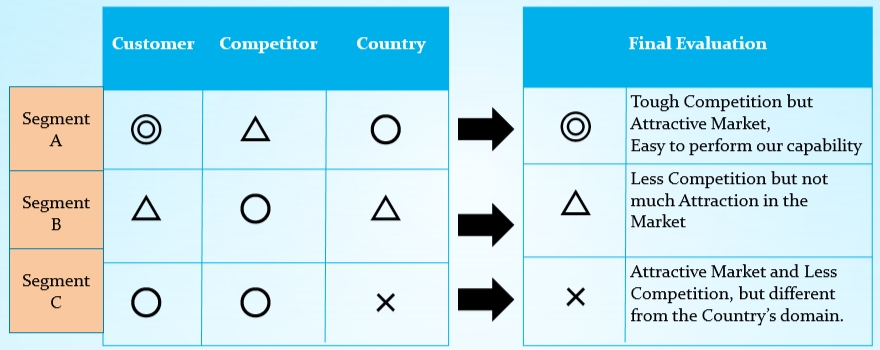
Definitions and Objectives of the Tourism Marketing
Definition of Marketing by American Marketing Association (AMA)2016: “the activity, set of institutions, and processes for creating, communicating, delivering, and exchanging of offerings that have value for customers, clients, partners, and society at large”
Definitions of Tourism and Objectives of the Tourism Development
The Definition of Tourism varies source by source, person by person. There is no consensus concerning the definition of tourism and each and every institution define "Tourism" differently.
Science tourism




